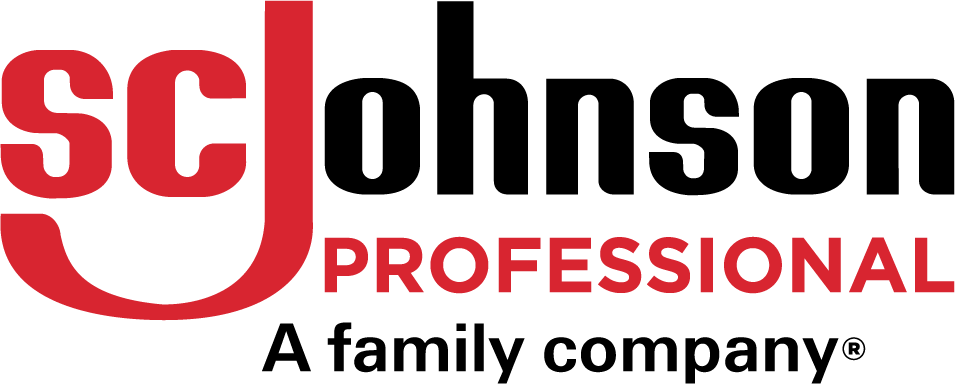Hand Hygiene: Best Practice

We automatically use our hands to carry out most daily tasks, from greeting people and eating to opening doors and driving. It is no surprise therefore that hands are the main pathway for transmission of germs – 80% of all infections are transmitted by hands[1].
Now more so than ever, in the context of the 2019 Novel Coronavirus (SARS CoV- 2)pandemic, hand hygiene should be a top priority to us all, vital to keeping ourselves healthy. Everyday life can bring us into contact with a range of germ hotspots such as mobile phones, keyboards, door handles and light switches, and so regular, thorough hand washing is crucial.
Hand washing in itself is an easy, effective and affordable way to stop the spread of germs and infections. When germs are not removed or washed away thoroughly, they can be passed from person to person and spread sickness. Hand washing with soap physically removes germs from the hands; soap contains ingredients known as surfactants, which break down the oils and dirt on the skin. Friction created by rubbing the hands helps the surfactants to encapsulate the dirt and hold it away from the skin – water then rinses this away[2].
When it comes to the 2019 Novel Coronavirus (SARS CoV- 2), the soap takes care of this in much the same way as these oils; one side of the soap molecule buries its way into the virus’s fat and protein shell. The chemical bonds holding the virus together are not very strong, and so this is enough to break the virus’s coat, thus rendering it soluble and causing it to disintegrate[2].
With this in mind, hand washing then helps to prevent infection for a number of reasons. Firstly, people frequently touch their eyes, nose and mouth without realising, which allows germs to enter the body easily. Secondly, germs on unwashed hands can contaminate food and drink during preparation, which is then ingested, or, they can contaminate other surfaces, where they could then be transmitted to others.
Our recommended advice on good hand washing practice is as follows:
- Hands should be washed regularly and especially before and after eating, after touching potentially contaminated surfaces such as door handles or light switches, and after coughing or sneezing and using the washroom.
- A good hand washing technique needs to be employed in order to clean the hands thoroughly and thus prevent the further spread of germs.
- Hand washing is a key aspect of hand hygiene, visibly removing soiling from the hands as well as high levels of bacteria and viruses when carried out correctly.
- For resources to help improve hand washing technique in your organisation head here.

There are also many benefits to hand sanitising for those without soap and running water readily available. Speed of use and a rapid reduction in the numbers of micro-organisms on the skin are two such benefits, and the World Health Organisation cites hand sanitiser as one of the best methods available to avoid spreading germs.
It is recommended that sanitisers are used before entering the work area, and after coughing, sneezing, wiping the nose or touching contaminated surfaces.
Our recommended advice on best use of hand sanitisers:
- As with hand washing, proper technique is needed when using sanitisers.
- Sanitisers should only be used when the hands are not visibly soiled[3].
- Enough product should be applied to keep hands wet for 20-30 seconds.
- A palmful of product should be used – or, enough to cover the entire hands.

[1] https://www.cdc.gov/workplacehealthpromotion/health-strategies/flu-pneumonia/interventions/environmental-support.html, 2016.
[2] https://www.scjohnson.com/en-gb/our-purpose/social-responsibility-news/health-and-well-being/coronavirus/5-easy-steps-on-effective-handwashing-to-prevent-the-spread-of-germs
[3] https://www.who.int/gpsc/5may/Hand_Hygiene_Why_How_and_When_Brochure.pdf
